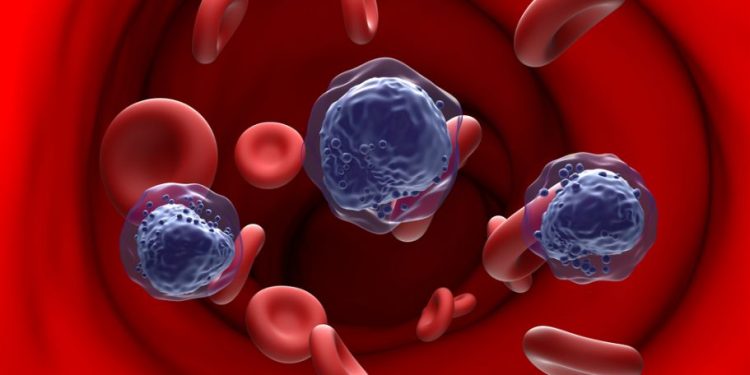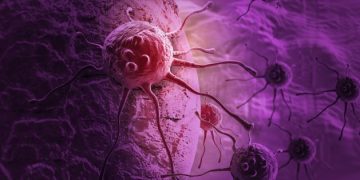Hodgkin’s disease is a type of lymphoma, a group of cancers that start in the lymphatic system, which consists of a network of organs, nodes and vessels throughout your body. The lymphatic system helps your immune system get rid of waste and fight infections. Within the lymphatic system are white blood cells called lymphocytes, which help protect you from germs. Lymphoma starts when one of these lymphocytes develops changes in its DNA. This change affects how the lymphocyte behaves, causing it to grow out of control and attack healthy tissue.
When you have Hodgkin’s disease, the abnormal lymphocytes develop into tumors that most often form in groups of lymph nodes in your neck, chest (mediastinum), groin and belly (abdomen). In some cases, they may develop in other locations throughout the body. Hodgkin’s disease most commonly affects people ages 20 to 39, but it also can occur in children and adults and in people age 65 and older.
Doctors aren’t sure what causes Hodgkin’s disease. But they do know that it begins in infection-fighting lymphocytes, which are cells in the immune system. Lymphocytes are the infection-fighting cells that are found in the main part of the lymphatic system called the lymph nodes, which are located in many places around the body, including under the arms, in the groin, in the neck and the back of your belly (abdomen). The lymph nodes help filter bacteria and other substances out of your blood before it reaches your organs.

Most people with early-stage Hodgkin’s lymphoma are cured, but the cure rate declines as the disease progresses. The most common symptoms include painless, swollen lymph nodes in your neck, armpits, groin or belly, fever, weight loss and night sweats.
There are two types of Hodgkin lymphoma: classic Hodgkin lymphoma and nodular sclerosis, which has similar symptoms but grows more slowly. Both types can be cured with treatment, which typically includes chemotherapy and radiation therapy.
If you’ve had Hodgkin’s disease, you will need regular follow-up care from a hematologist or oncologist and a specialist in lymphoma, such as a radiation therapist or immunologist. Your follow-up schedule will depend on what stage your Hodgkin’s lymphoma is in and whether it returned after you’ve completed treatment.
Your doctor will do a physical exam and ask about your past health problems. He or she will check for swollen lymph nodes in your arms, groin, chest and abdomen, as well as other symptoms. If your doctor suspects Hodgkin’s disease, he or she will do more tests to confirm the diagnosis. These will include a blood test, an imaging scan and a biopsy of a suspected lymph node. Depending on the results of these tests, your doctor will decide on a treatment plan. This may include high-dose chemotherapy, radiation therapy or a stem cell transplant. You might also receive other types of immunotherapy. These treatments help your body’s natural defenses work better against lymphoma. They can be given as single treatments or in combination.









